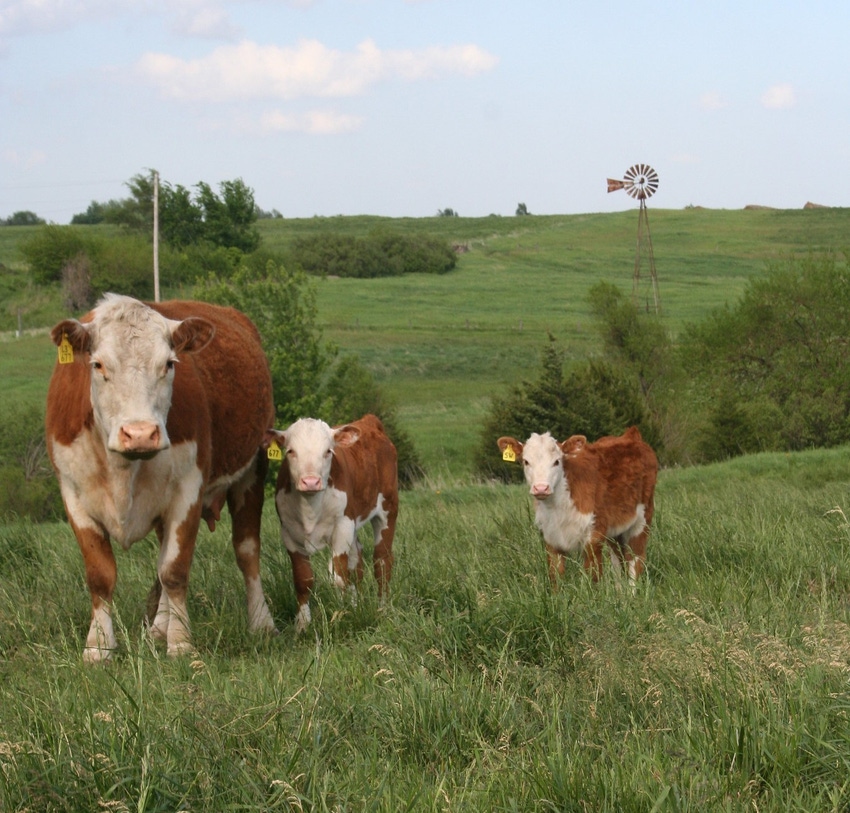Bagley Risk Management Solutions: Your Shield Against Uncertainty
Bagley Risk Management Solutions: Your Shield Against Uncertainty
Blog Article
Key Aspects to Take Into Consideration When Finding Animals Threat Security (LRP) Insurance Policy
When assessing alternatives for Livestock Threat Security (LRP) insurance, numerous key aspects warrant cautious factor to consider to ensure efficient threat management in the agricultural market. Picking the right protection alternatives customized to your particular animals procedure is paramount, as is understanding how premium expenses correlate with the degree of defense offered.
Protection Options
When taking into consideration Animals Danger Security (LRP) insurance coverage, it is important to comprehend the various coverage alternatives offered to reduce risks in the farming field. Animals Risk Protection (LRP) insurance policy uses different coverage alternatives customized to satisfy the diverse demands of animals producers.
Another essential protection option is the recommendation period, which identifies the length of time the coverage holds. Producers can select the endorsement duration that ideal matches their manufacturing cycle and market problems. Additionally, protection levels and rates differ based on the sort of livestock being insured, giving producers the adaptability to personalize their insurance coverage plans according to their details demands.
Recognizing the various protection alternatives offered under Livestock Threat Protection (LRP) insurance policy is vital for producers to make informed choices that successfully safeguard their animals operations from market unpredictabilities.
Costs Costs

Livestock Danger Defense (LRP) insurance policy provides essential protection choices tailored to alleviate dangers in the agricultural market, with a considerable element to think about being the computation and structure of premium costs. When identifying premium expenses for LRP insurance coverage, several elements come into play. These include the kind and variety of animals being insured, the insurance coverage level chosen, the current market value, historic price information, and the size of the coverage duration. Insurance providers may additionally think about the area of the ranch, as geographic aspects can affect the overall threat account.
Insurance firms analyze historical data on livestock rates and manufacturing prices to determine a proper costs that mirrors the degree of threat involved. It is vital for livestock producers to thoroughly examine premium prices and insurance coverage alternatives to guarantee they are adequately protected against potential financial losses due to unfavorable market conditions or unexpected events.
Eligible Livestock
The determination of qualified animals for Livestock Threat Security (LRP) insurance protection entails cautious consideration of specific standards and qualities. Livestock types that are usually eligible for LRP insurance consist of feeder livestock, fed livestock, lambs, and swine.
Feeder livestock, for instance, are commonly eligible for LRP coverage if they fall within specified weight ranges. Fed cattle may also be qualified, but they must meet certain weight and high quality grade needs. Swine eligible for coverage usually consist of market weight animals meant for slaughter. Lambs are an additional group of animals that can be considered for LRP insurance policy, with factors such as weight and age playing site link an essential duty in identifying their qualification.
Before choosing LRP insurance for livestock, producers must very carefully examine the eligibility standards detailed by the insurance policy copyright to ensure their pets meet the needed needs for insurance coverage.
Plan Versatility
Policy adaptability in Animals Risk Security (LRP) insurance permits manufacturers to tailor protection to suit their specific requirements and run the risk of management methods. This versatility empowers animals producers to tailor their insurance coverage policies based on variables such as the type of animals they have, market conditions, and specific danger tolerance degrees. By offering adjustable alternatives, LRP insurance coverage makes it possible for manufacturers to efficiently handle their risk direct exposure while safeguarding their animals operations versus unforeseen market volatility.
Insurance Claims Refine
Upon experiencing a loss or damages, manufacturers can launch the claims process for their Livestock Danger Defense (LRP) insurance by quickly calling their insurance policy company. It is vital for manufacturers to report the loss immediately to expedite the claims process. When connecting to the insurance policy provider, producers will need to offer detailed info concerning the occurrence, including the date, nature of the loss, and any type of appropriate paperwork such as veterinary records or market value.

After the evaluation is full, the insurance supplier will certainly choose relating to the claim and communicate the result to the manufacturer. The producer will obtain compensation according to the terms of their Livestock Danger Defense (LRP) insurance policy if the insurance claim is accepted. It is essential for producers to be acquainted with the cases process to make sure a smooth visit experience in case of a loss

Final Thought
Finally, when selecting Livestock Risk Defense (LRP) insurance policy, it is important to take into consideration protection choices, premium costs, eligible animals, policy versatility, and the claims procedure. These crucial aspects will help make certain that breeders and farmers are sufficiently safeguarded versus prospective risks and losses related to their animals operations. Making an educated choice based on these factors to consider can eventually cause much better financial protection and peace of mind for livestock manufacturers.
Livestock Threat Protection (LRP) insurance policy uses different insurance coverage choices customized to satisfy the varied requirements of animals producers.The resolution of eligible animals for Livestock Threat Protection (LRP) insurance policy coverage entails careful factor to consider of particular standards and attributes.Policy adaptability in Livestock Threat Protection (LRP) insurance policy allows producers to customize protection to match their specific requirements and risk administration approaches.Upon experiencing a loss or damage, producers can launch the claims process for their Animals Risk Protection (LRP) insurance coverage by promptly contacting their insurance coverage provider.In final thought, when picking Livestock Risk Security (LRP) insurance policy, it is necessary to think about insurance coverage choices, premium prices, eligible animals, plan adaptability, and the insurance claims process.
Report this page